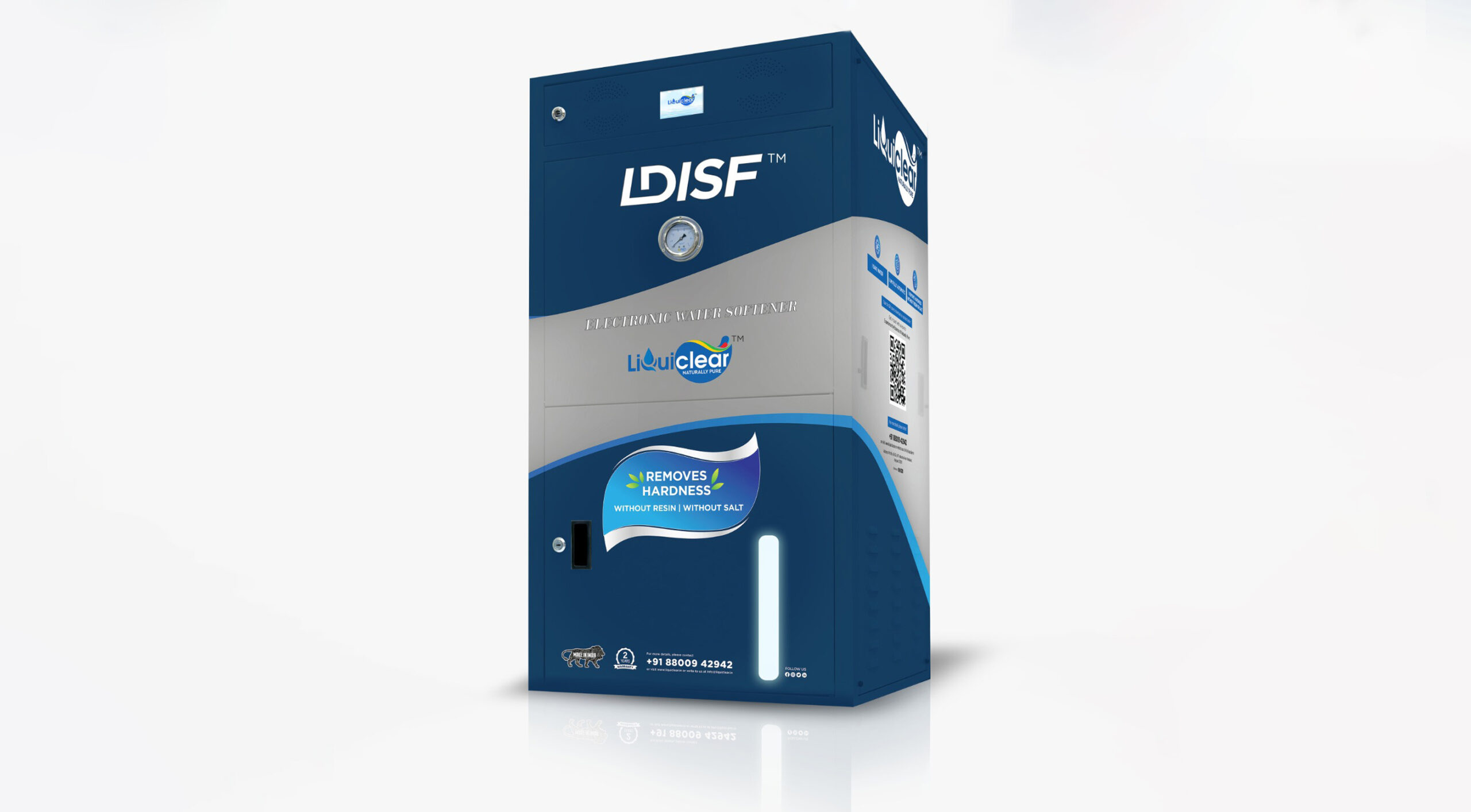LDI Technology: Architects leading the way in sustainable water management

Liquiclear’s LDI and LDISF, their alignment with architectural principles, and the architects’ pivotal role in sustainability.
Water is the lifeblood of any community, and architects play a critical role in managing and distributing it. In an age where water scarcity and quality are rising concerns, the design of built environments must incorporate sustainable water management. This editorial explores how cutting-edge LDI (Liqui-Deionisation) technology, exemplified by Liquiclear’s product range, can align with architectural innovations to sustainably clean and manage water resources.
The architectural role in water management
Architects are increasingly adopting an interdisciplinary approach, incorporating environmental considerations into their designs; beyond aesthetic appeal, modern architectural principles prioritise sustainability and efficiency, especially concerning water usage. Water features, drainage systems, and waste management solutions are now designed keeping long-term ecological balance in mind.
Understanding LDI Technology
Liqui-Deionisation (LDI) is a state-of-the-art water treatment process that reduces power consumption and water waste. What sets it apart from traditional Reverse Osmosis (RO) systems is its superior energy efficiency and remarkable ability to cut water waste significantly. Liquiclear’s LDI-based products marry efficiency with efficacy, offering a solution that works flawlessly and aligns with contemporary green-building principles.
Water quality and building health
Water quality’s impact on a building’s health and its inhabitants cannot be overstated. Poor water quality can lead to issues like corrosion, scaling, and bacterial growth in piping, thereby impacting the integrity of a building over time. Here, the LDISF shines as it softens water and enhances its alkalinity, offering architects a robust system that protects both the building and its occupants.
Sustainable practices: a triple win
For architects, the choice of water treatment systems should ideally fulfil three criteria: efficiency, sustainability, and minimal operational complexities. Liquiclear’s LDI technology epitomises this, offering a plug-and-play system that is both efficient and automatic and does not require frequent maintenance. Moreover, its tunable TDS feature allows for customised water profiles, which is particularly valuable for specialised architectural projects requiring varied water quality standards.
A case for retrofitting
Water treatment systems like LDISF offer a seamless retrofitting solution for architects dealing with older structures. With its compact size and easy installation, LDISF can be integrated into existing building designs with minimal disruptions. Thus, even in older buildings, the benefits of sustainable water management can be realised through smart choices in water treatment technologies.
As stewards of built environments, architects have a pivotal role in implementing sustainable practices, and choosing the right water treatment system is a significant aspect of this. Liquiclear’s LDI technology offers not just a product but a long-term, sustainable solution that respects both the natural world and the built environment. By considering water treatment solutions like LDI and LDISF in architectural projects, we can take significant steps towards building a future where clean, sustainable water isn’t a luxury but a given.
With products like LDI and LDISF, Liquiclear isn’t just offering water treatment solutions; it’s offering a pathway to a more sustainable and responsible future. The question is not whether we can integrate such technology into our architectural designs but whether we can afford it.
For more info visit : https://www.liquiclear.in/
Cookie Consent
We use cookies to personalize your experience. By continuing to visit this website you agree to our Terms & Conditions, Privacy Policy and Cookie Policy.










